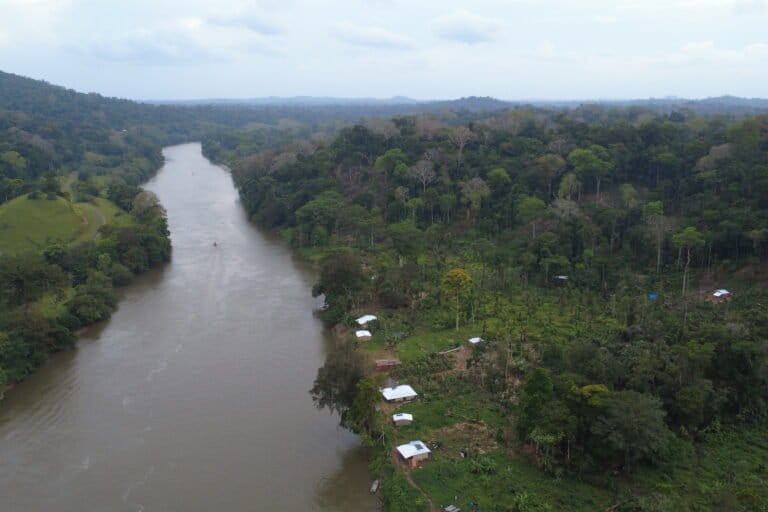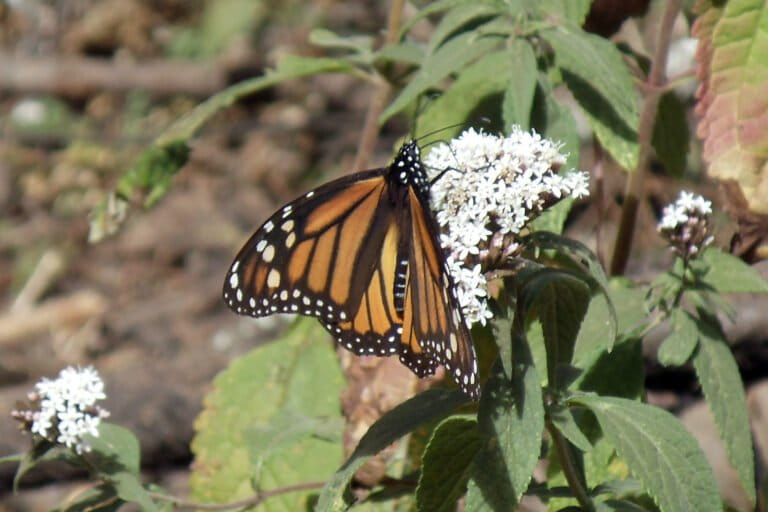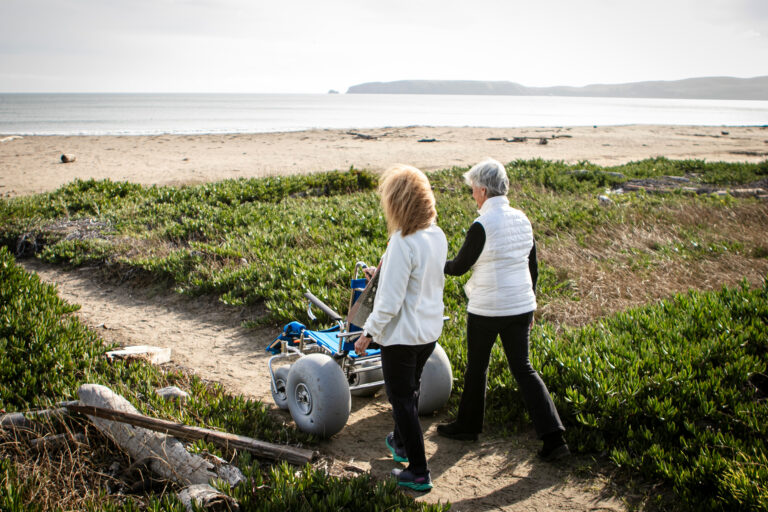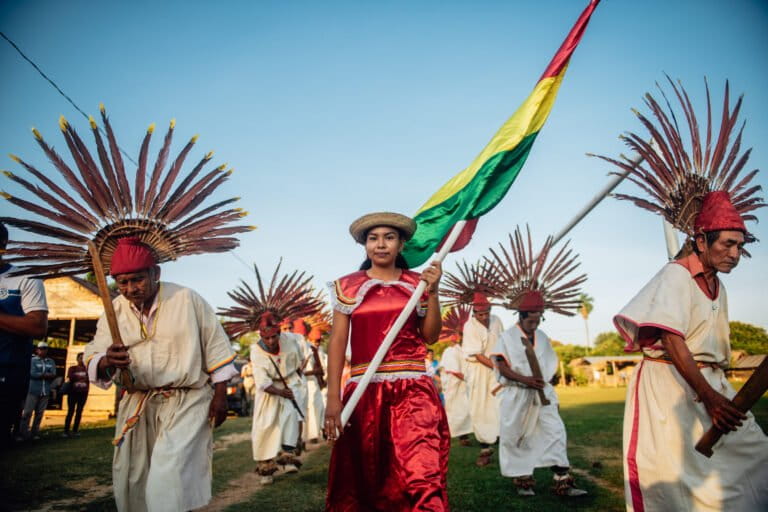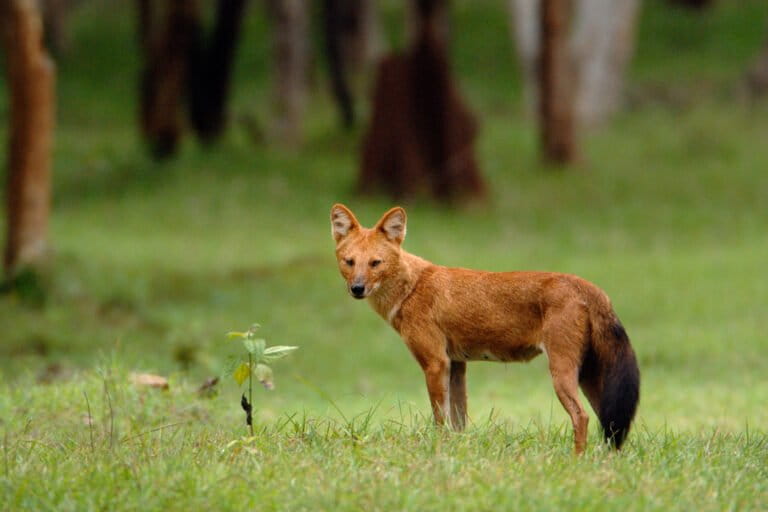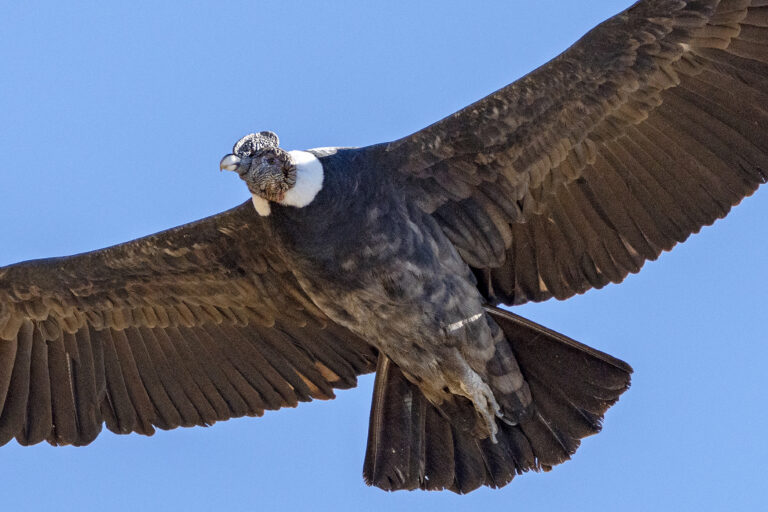- Kerllen Costa is the manager for a project run by the Kissama Foundation to protect Afromontane forests on Mount Moco, Angola’s highest mountain.
- Costa says he approaches conservation by looking at how communities already manage their landscapes and resources, and trying to introduce measures that recognize and enhance those systems.
- He says building on traditional ecological knowledge can help to sustain landscapes and the communities and wildlife they support, even in the absence of formally recognized protected areas.
MOUNT MOCO, Angola — Kerllen Costa was raised in Angola with a love of nature and the outdoors. He started his career by volunteering on an Angolan sea turtle conservation project, and later obtained a degree in environmental sciences from South Africa’s University of KwaZulu-Natal.
Since 2015, he has worked with a conservation project run by the Kissama Foundation at Mount Moco, in Angola’s Huambo Highlands, whose grasslands and forests are home to an array of unique plants and animals. As Kissama’s project manager, Costa is incorporating what he calls a “more anthropological view of things” in his work.
In an interview conducted at the project’s tree nursery at the foot of Mount Moco, Angola’s highest mountain, Costa told Mongabay that securing protected status for an area of high biodiversity value is useful, but the work of conservation doesn’t end there. He says protection of nature and landscapes can best be sustained by leaning on ancient relationships that local communities already have with their environment.
This interview has been lightly edited for length and clarity.
Mongabay: One of your personal interests is in promoting what are known as “other effective conservation measures.” How can that approach apply to a place like Mount Moco?
Kerllen Costa: I’m a firm believer that the majority of conservation statutes that exist did not — and still don’t — take into account certain sociocultural dynamics in whatever part of the world [you’re in].
They don’t take into account the fact that there are people who have lived in these landscapes for thousands of years and they’ve developed a certain ecological relationship with these places. If these places are still relatively pristine it’s because of the way they live and interact with the environment.

The Angolan government is not keen on creating new conservation areas because they do not have the resources to do so. My view, having been exposed to so many remote communities in Angola and understanding that they have intricate systems of conservation and ways of managing their own environment, is to push a concept where the government recognizes officially these systems that are already used by traditional authorities and communities.
Basically, look at how communities already manage their landscapes and resources. Based on that, try and introduce a couple of details that could even enhance those systems and in that way have those systems recognized without the need of bringing about systems that could go against certain cultures … against some of the concepts of self-sustainability that they already have.
I think for Mount Moco, that has also been a key area [of focus]. I think it’s a good strategy to help the government itself see there’s value in acknowledging certain traditional practices.
Mongabay: How important has traditional ecological knowledge been for protecting Mount Moco?
Kerllen Costa: I think it’s a core concept in our project.
The project was focused initially on planting trees. We literally embraced the knowledge that the community had around what species of trees exist. What species of trees will grow faster? What species of trees actually attract the birdlife that we were looking for? What species of trees adapt better to certain locations of the mountain? What species of trees used to exist in certain valleys of the mountain? What techniques to use to plant them? How to harvest the soils? That is all knowledge from the community.
We didn’t introduce anything, we didn’t teach them anything. Throughout the years we learn more and more of certain social and ecological dynamics that they have, for example how they raise their cattle; what lands they use for the cattle to graze; what parts of the mountain they already preserve because of certain concepts around sacred sites.


Mongabay: Would the forest still be standing here without intervention, without conservation measures?
Kerllen Costa: When we, people from the outside, go to a certain landscape we tend to instinctively and instantaneously judge and criticize what we’re seeing based on our own standards, which is not the correct thing to do because we’re looking at things in a very limited way.
You should first try and understand how do the local people see things. That can take some years.
You can see how throughout the years a lot of forest patches have been cut down to create agricultural fields and so on, but I think the abrupt idea that, “Oh, if we don’t do anything it’ll disappear,” is considerably wrong.
That has been [affirmed] by the view of some of the scientists we have brought [here] where, for example, they attested that planting trees actually is not the right solution; that if you are able to assure that the landscape doesn’t have much disruption, the vegetation itself will recover.
I think in the end there needs to be a balance. We need to first understand what is the relationship of the local people with their natural resources — what did they see in the past, what changes are they seeing up until the current date — in order for you to hypothesize the most adequate concept [for conservation].
Things have a natural way of recovering, but of course you can help that recovery by implementing certain methodologies and ideas. In the end, it’s the balance between understanding that people are part of nature and you can’t disconnect them.
Mongabay: What alternative livelihoods did you promote to encourage community buy-in for the project here at Mount Moco?
Kerllen Costa: We did a lot of tests for alternatives for firewood. We introduced some ecological stoves that use random organic matter as fuel. That didn’t work.
We are now trying a nursery specifically to raise trees that are to be used for firewood, but we’ve also brought in specialists that have trained the community in how to harvest wood without necessarily killing the trees.
The agricultural part has also been important. That was the mechanism for us to make the community see there are things they can benefit from by having the project, including coffee and honey production and the improvement of agricultural techniques.
Community buy-in is something that takes a long time. Depending on the region, it takes years. I think it took us four years for the community here to acknowledge certain changes that were beneficial for them. Of course, they have their own socio cultural dynamics that myself and [South African ornithologist and project founder] Michael [Mills] like to respect and not force concepts from the outside.
I think it was only when they started seeing constant economic benefits, that certain agricultural practices were benefiting them more and other alternative livelihoods were bringing about some economic gain, that they were able to say, “OK, the project actually is helping us; it does make sense to preserve the environment.”


Mongabay: How long will it be before Mount Moco becomes a protected area and what benefits will that bring to this community?
Kerllen Costa: There hasn’t been any conservation area declared [in Angola] since independence [in 1975], and Mount Moco and the other two places in the [region] where we work have been enlisted to be announced as reserves. So that itself is a big achievement.
But then, with our government, we’re never sure if it will be officially declared next year or in 20 years, so what we’re doing is continuing the work [of] trying to elevate the local systems, elevate the local people, give them as much knowledge and capabilities to manage things not only in their own way, but in ways that are recognized by the government.
And hope that when it does get recognized they are able to manage it. That is why we’re focusing so much on other effective conservation measures, so that it is already being managed before it [a protected area] is announced.
I really believe that we can create a paradigm shift by managing things in ways that are considered conservation without necessarily having the title of a reserve.
A forest restoration project brings birdsong back to Angola’s highest mountain
Banner image: Kerllen Costa with project staff in Kanjonde in 2023. Image courtesy Kissama Foundation.
FEEDBACK: Use this form to send a message to the author of this post. If you want to post a public comment, you can do that at the bottom of the page.







